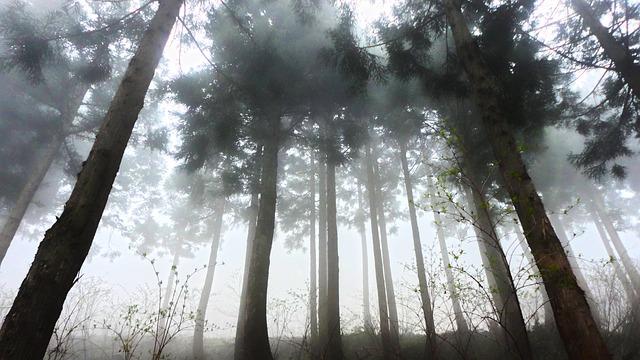- Introduction
- Characteristics of Cedar Trees
- Types of Cedar Trees
- Ecological Benefits of Cedar
- Practical Uses of Cedar Wood
- Conclusion
- FAQs
- References
Introduction
The cedar tree, belonging to the Cedrus genus, is well-known for its majestic beauty, durability, and aromatic wood. Found in different regions across the world, this ancient tree has been valued for thousands of years. In this article, we will cover the key characteristics of cedar trees, the various types native to different regions, their ecological impact, and practical uses, particularly focusing on the coveted qualities of cedar wood.
Whether you are interested in the environmental role of cedars or curious about their historical and modern applications, you will learn how this tree has left its mark on both ecosystems and human culture.
Characteristics of Cedar Trees
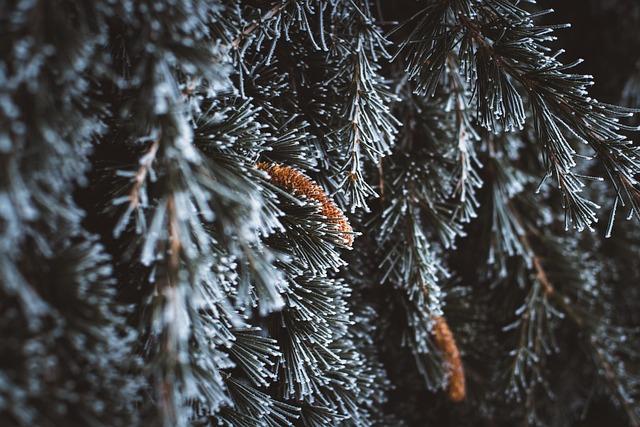
(Image: Pixabay/@Pezibear)
Cedars are evergreen coniferous trees in the family Pinaceae. These towering trees can grow up to 40-50 meters high with extensive branches that spread horizontally. With thick, fibrous bark and unique needle-like leaves, cedar trees tend to live for centuries, with some specimens surviving more than a millennium. Their excellent longevity is due to their hardy nature, resistant to decay, disease, and pests.
Their cones display another distinctive feature. Male cones are small, less noticeable, and scattered throughout the tree, while female cones, which are large and barrel-shaped, stand erect on the branches. Upon maturation, these cones turn woody and release seeds carried by the wind.
The foliage varies depending on the species but typically shows needle clusters on short shoots, creating a striking, dense crown appearance. The natural oils within the cedar wood grant it its famous scent and act as a natural insect repellant.
Types of Cedar Trees
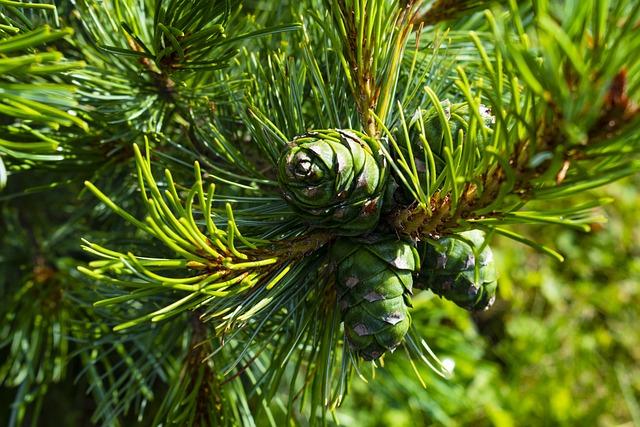
(Image: Pixabay/@maximovael94)
There are primarily four true types of cedar trees, each native to specific regions:
- Lebanon Cedar (Cedrus libani): Native to the mountains of Lebanon and Syria, this type has been widely respected throughout history, symbolizing strength and immortality. The Lebanese cedar now appears on the nation's flag and holds religious and cultural importance.
- Atlas Cedar (Cedrus atlantica): This species is found predominantly in the Atlas Mountains of Morocco and Algeria. The Atlas cedar shares many similarities with the Lebanese cedar and has gained popularity in ornamental gardening.
- Deodar Cedar (Cedrus deodara): Common throughout the western Himalayas, the Deodar, sometimes called the "Tree of the Gods," is revered in Indian culture for its spiritual significance. With a graceful appearance and drooping branches, the Deodar is often used in landscaping.
- Cyprian Cedar (Cedrus brevifolia): Endemic to the island of Cyprus, this cedar variety is a smaller, more compact tree with shorter leaves, but it retains all the vital qualities of the other cedar species.
These trees are sometimes confused with other species called "cedar" despite not being true members of the Cedrus genus, such as Eastern Red Cedar and Western Red Cedar, which belong to the juniper and cypress families, respectively.
Ecological Benefits of Cedar
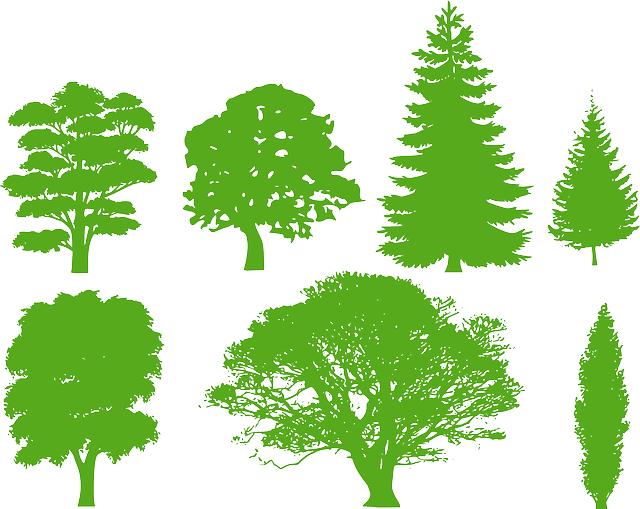
(Image: Pixabay/@Clker-Free-Vector-Images)
Aside from their aesthetic appeal, cedar trees play crucial roles in ecosystems and provide numerous environmental benefits. Cedars produce dense canopies that offer shelter and food for diverse wildlife, including birds, mammals, and insects.
Additionally, the deep roots of the cedar tree stabilize soil on steep slopes and prevent erosion. This makes cedar forests highly valuable in mountainous and hilly regions prone to landslides and soil degradation. Their natural oils also repel pests, minimizing tree mortality and ensuring long-lasting forest coverage.
In forest management strategies, cedars are frequently chosen because they can thrive in varying climates and soil types, helping maintain biodiversity and protect watersheds.
Practical Uses of Cedar Wood
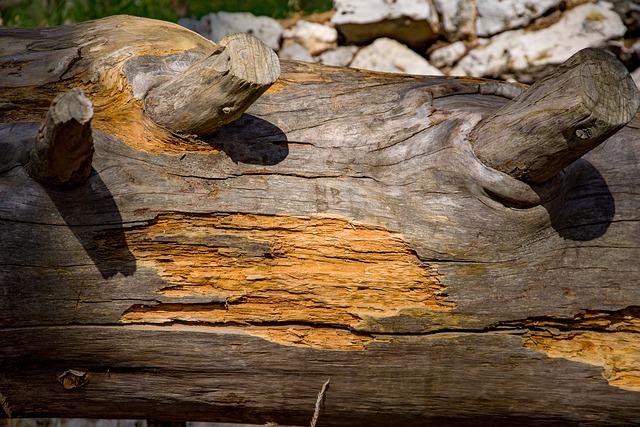
(Image: Pixabay/@djedj)
Cedar wood is known for its attractive reddish color, pleasant scent, and remarkable resistance to insects and rot. These qualities make cedar highly sought after for multiple uses worldwide. Some of the most common applications include:
- Construction & Carpentry: Cedarwood has been used for centuries in building homes, temples, and ships, showcasing its durability and longevity. Its aroma and fire-resistant properties also help avoid insect damage, especially during long-term use.
- Furniture & Cabinet Making: The unique scent and smooth grain patterns make cedar ideal for crafting elegant indoor and outdoor furniture. Cedar closets are especially valued, as they continuously repel moths.
- Fencing & Decking: In outdoor spaces, cedar's resistance to decay makes it the perfect choice for garden fences, decks, and patios, even in areas with harsh weather conditions.
Thanks to its natural oils, cedar wood does not need chemicals for preservation, making it more eco-friendly compared to treated wood alternatives.
Conclusion
Cedar trees provide immense benefits, whether through their environmental impact, cultural significance, or practical uses in construction and carpentry. These towering marvels of nature have served humans for millennia and continue to be valuable assets in both ecological preservation and industry.
Their resistance to pests, diseases, and the elements means they will continue to stand tall in forests and gardens alike, offering shade, beauty, and utility for generations.
FAQs
Where do cedar trees grow naturally?
Cedar trees are native to regions like the Mediterranean, Middle East, and the Himalayas. Some types are cultivated outside their native areas for landscaping or wood production purposes.
How long can cedar trees live?
Some cedar trees can live over a thousand years! Their longevity is a result of their strong resistance to decay, pests, and diseases.
What are the primary uses of cedar wood?
Cedar wood is used in construction, for building furniture, making fences, and crafting cabinets. Its durability and natural repellent qualities make it a favorite for both indoor and outdoor projects.
Why is cedar wood so popular for outdoor use?
Cedar is resistant to moisture, decay, and insect infestations, making it ideal for use in outdoor structures like decking and fencing.
Are there any cultural symbols related to cedar trees?
Yes, especially in countries like Lebanon, where the Cedar of Lebanon symbolizes strength and endurance. It even appears on the national flag!

